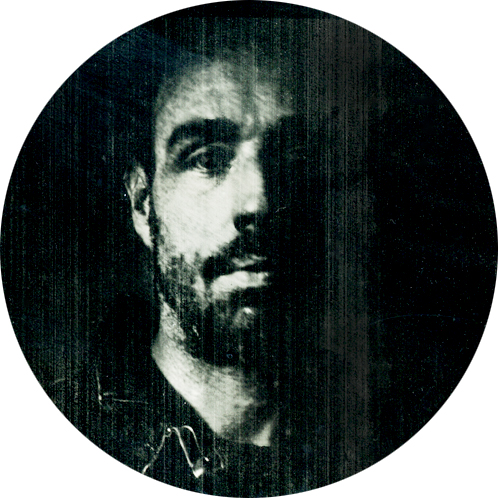Hi
I’m Toby, and I make things from clay.
Hope you like what you see!

I’m Toby, and I make things from clay.
Hope you like what you see!

Of all the shapes to come from the Potter’s wheel, the generous, wide-bellied, sphere presents not only significant technical challenge, but considerable conceptual interest too. Most commonly referred to as Moon Jars (from the Korean tradition) there has long been an appreciation of this form within the history and tradition of British Studio Ceramics. - For me, however, the simple idea of referencing the majesty of a celestial body, itself spinning and in orbit, using a concentric, rotating tool (the potter’s wheel) is captivating.
The sphere is, in geometric terms, unique and Nature holds a special place for it. With the largest volume-to-surface-area ratio liquids are compelled to gravitate towards a sphere.

In the vacuum of space we see the Orbs as markers or ‘puncta’ amongst the nothing; distinct characterful volumes with unique identities and histories. Intertwined and connected by impossible invisible force, they trace great silent ellipses deforming the void of Einstein’s unfathomable space-time.
On closer inspection, these dots, circles, spheres and ellipses are joined by ‘bubbles’ or ‘shells’: hollow spheres such as the ionosphere which protects Earth from stellar radiation or the Oort cloud, a distant skin of asteroids laying dormant outside the solar-system, or the heliosphere a vast bubble protecting all of this from the blast of interstellar radiation.
My ‘Orbit’ pieces are bubbles, eggs, moons and shells condensed into one. Equal consideration is given to the volume of space which they enclose as the exterior skin, and I am reminded while making them of the near impossibility of imagining the shape of the universe, while inhabiting it, and our endless compulsion to visualise it from a fictitious external standpoint.

I originally conceived them as an exercise in zero-waste production, where I determined to use ALL of the clay, scraps, trimmings, and slip included. This intent resulted in me throwing the base geometry before adding any off-cuts produced in the throwing, back onto the piece.
In an attempt to reference our mathematical fixation with, and mapping of, the heavenly bodies, I started to use pre-fired pins or pegs of extruded clay (themselves the byproducts of the Eve series) to punctuate and puncture the spheres. These sticks seem to act as markers, as if driving a mathematical stake through the volume, and we can suddenly imagine them as poles, axes or rotation points. Maybe we see them as potential landing points, and the eye most certainly travels from one peg to the next as if tracing an orbit across their surface.